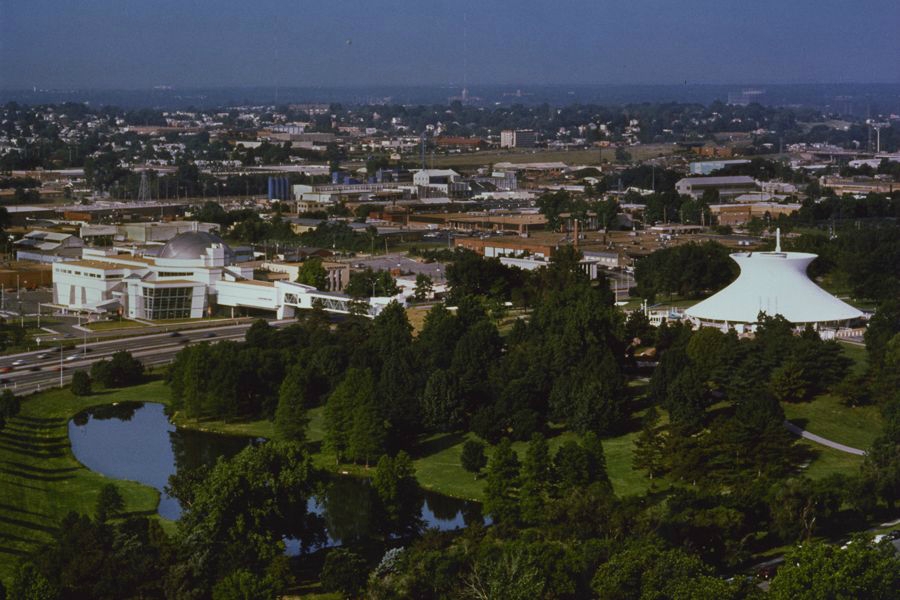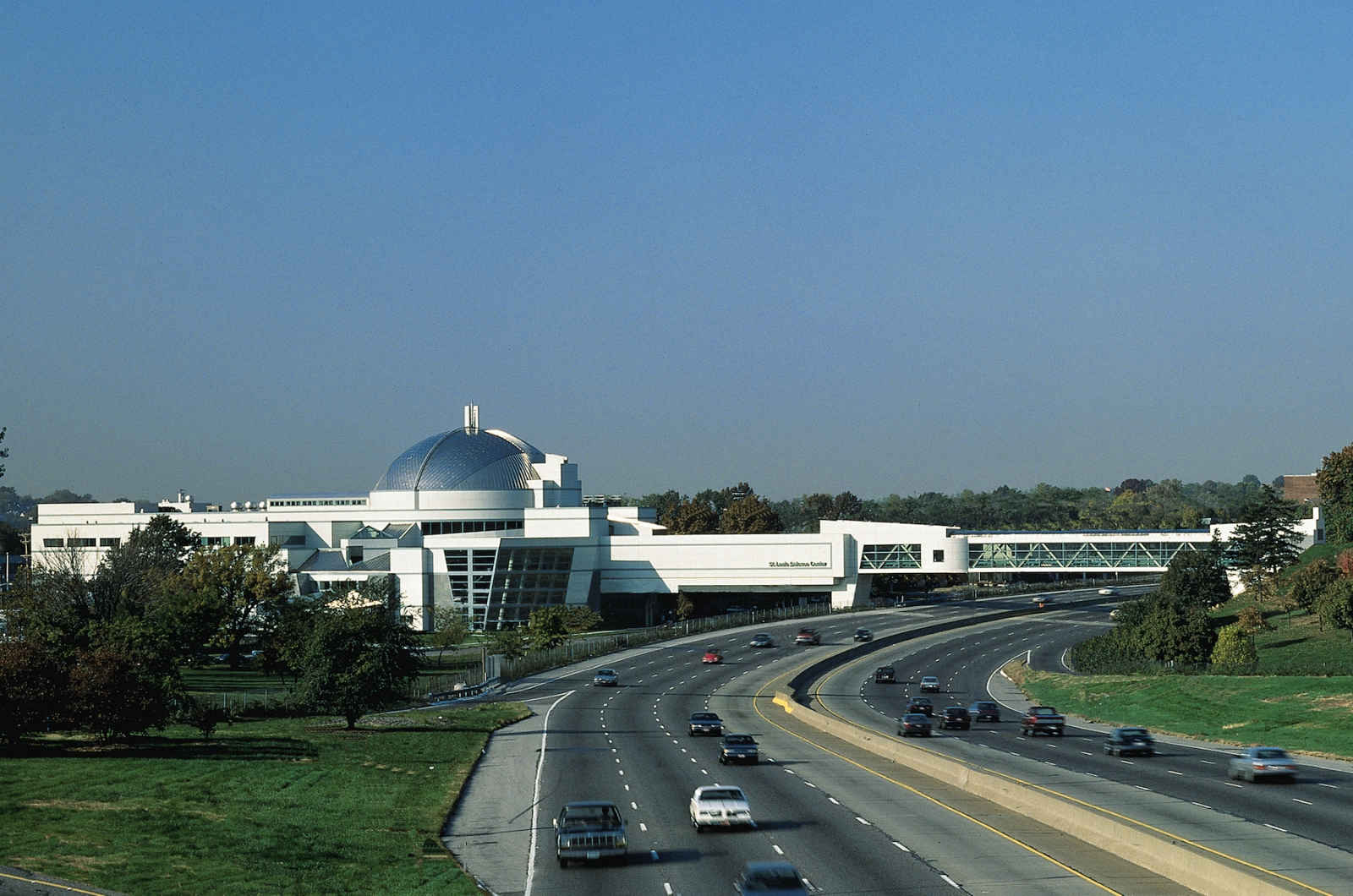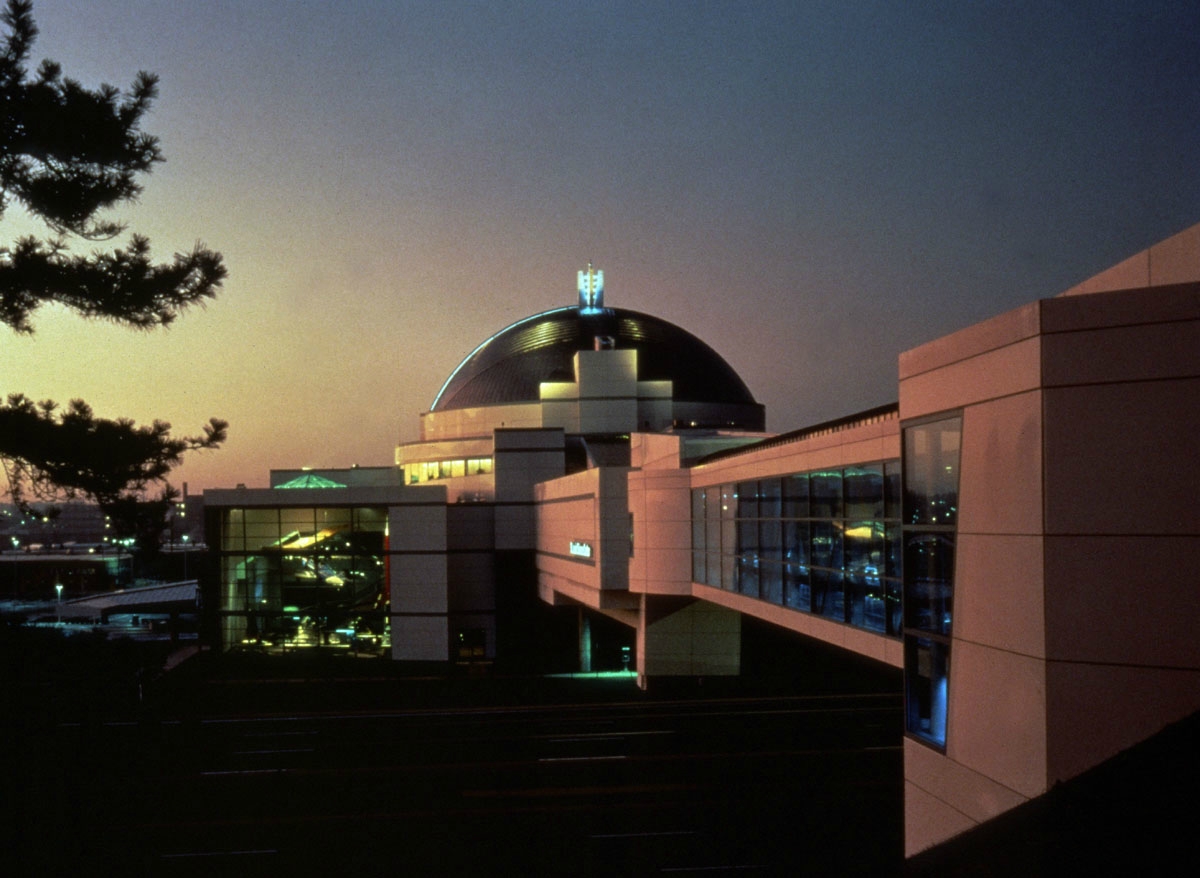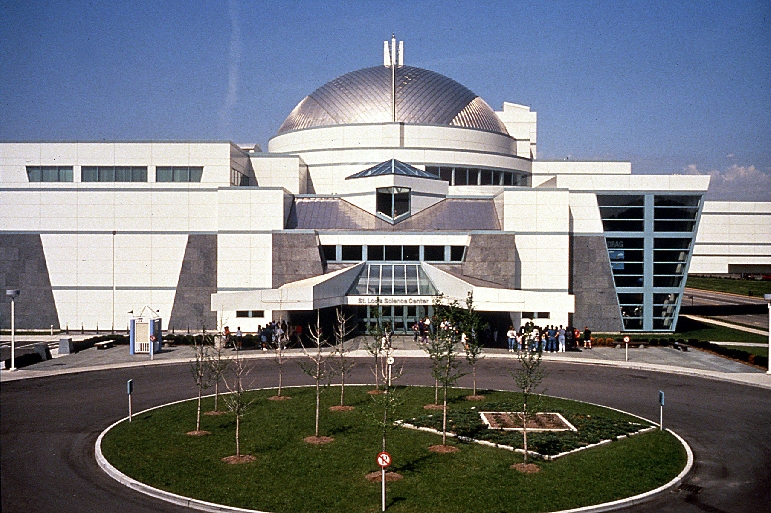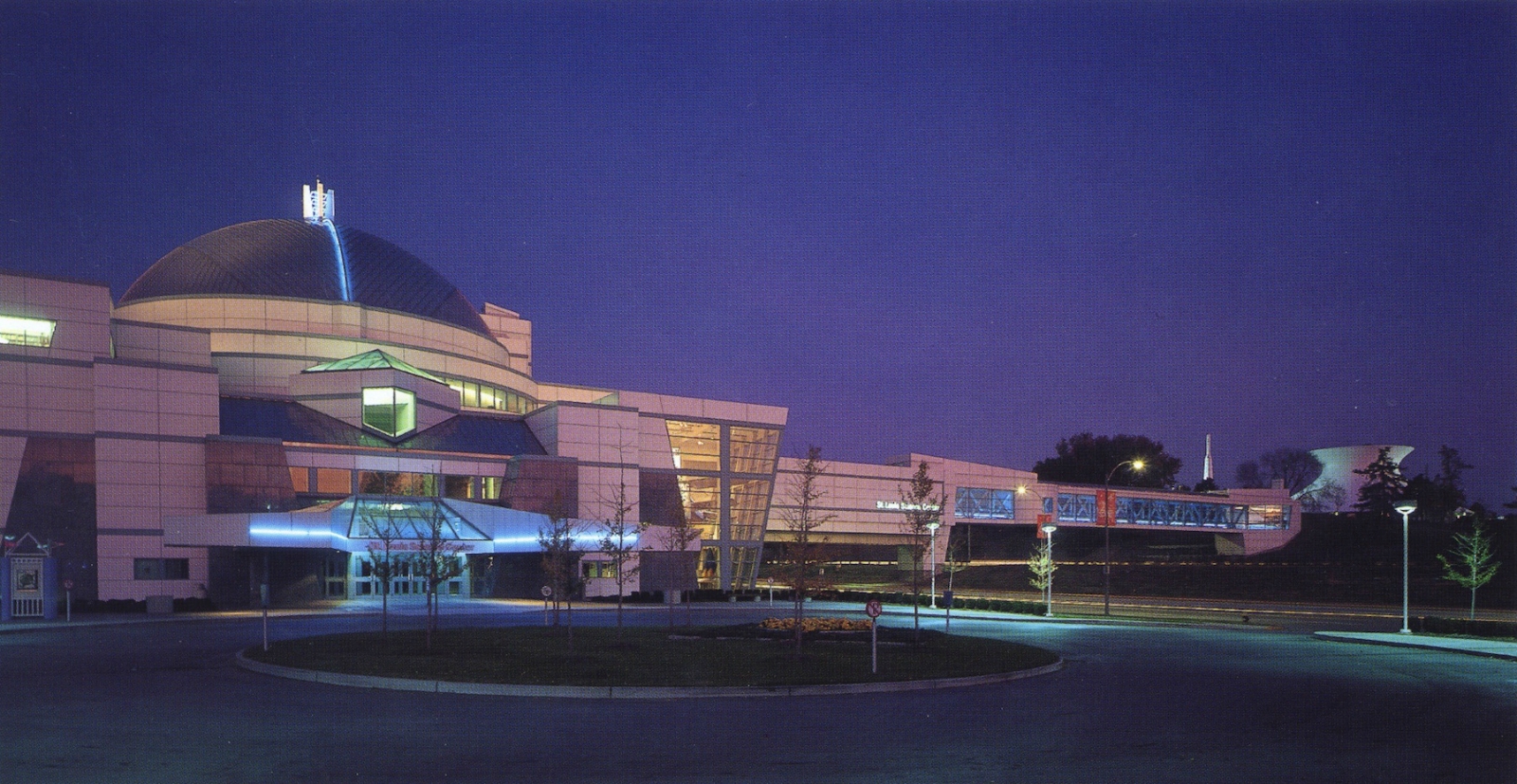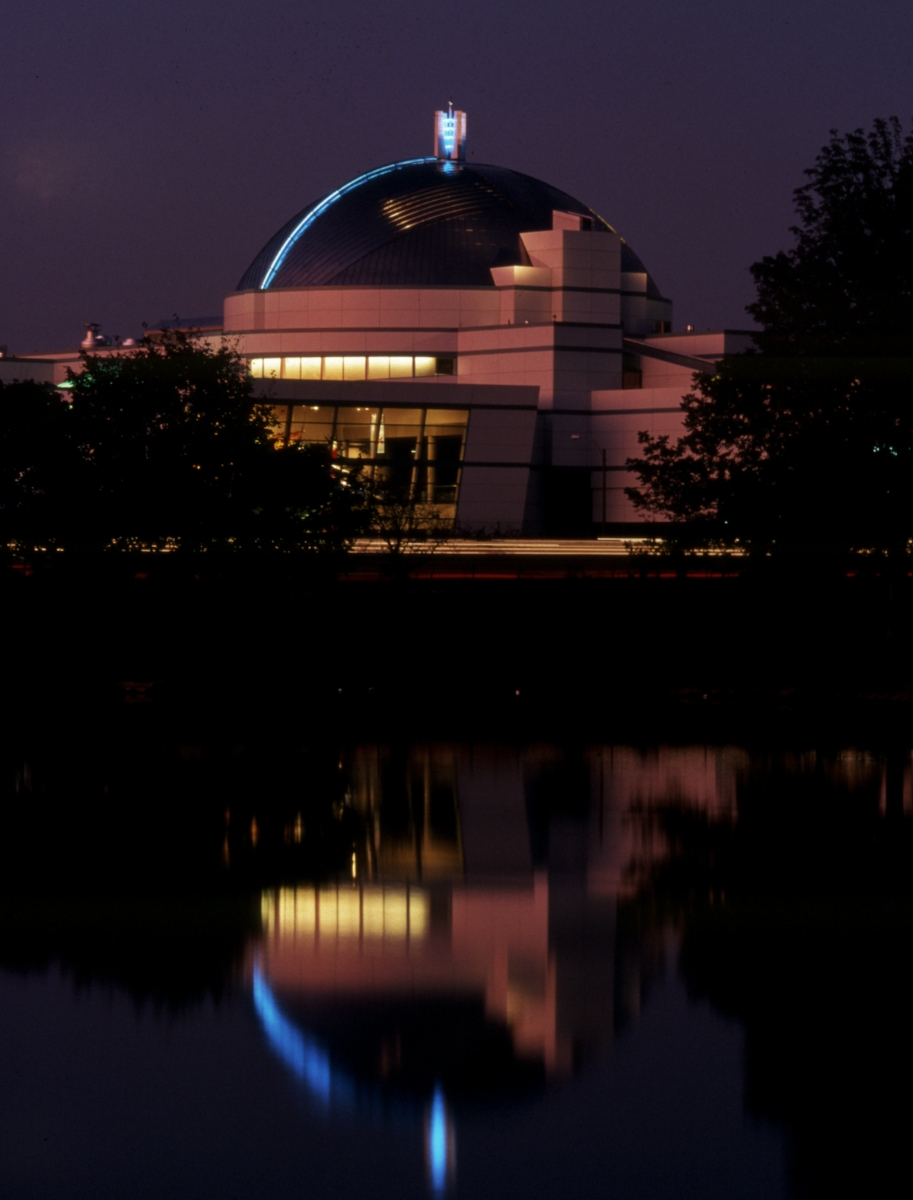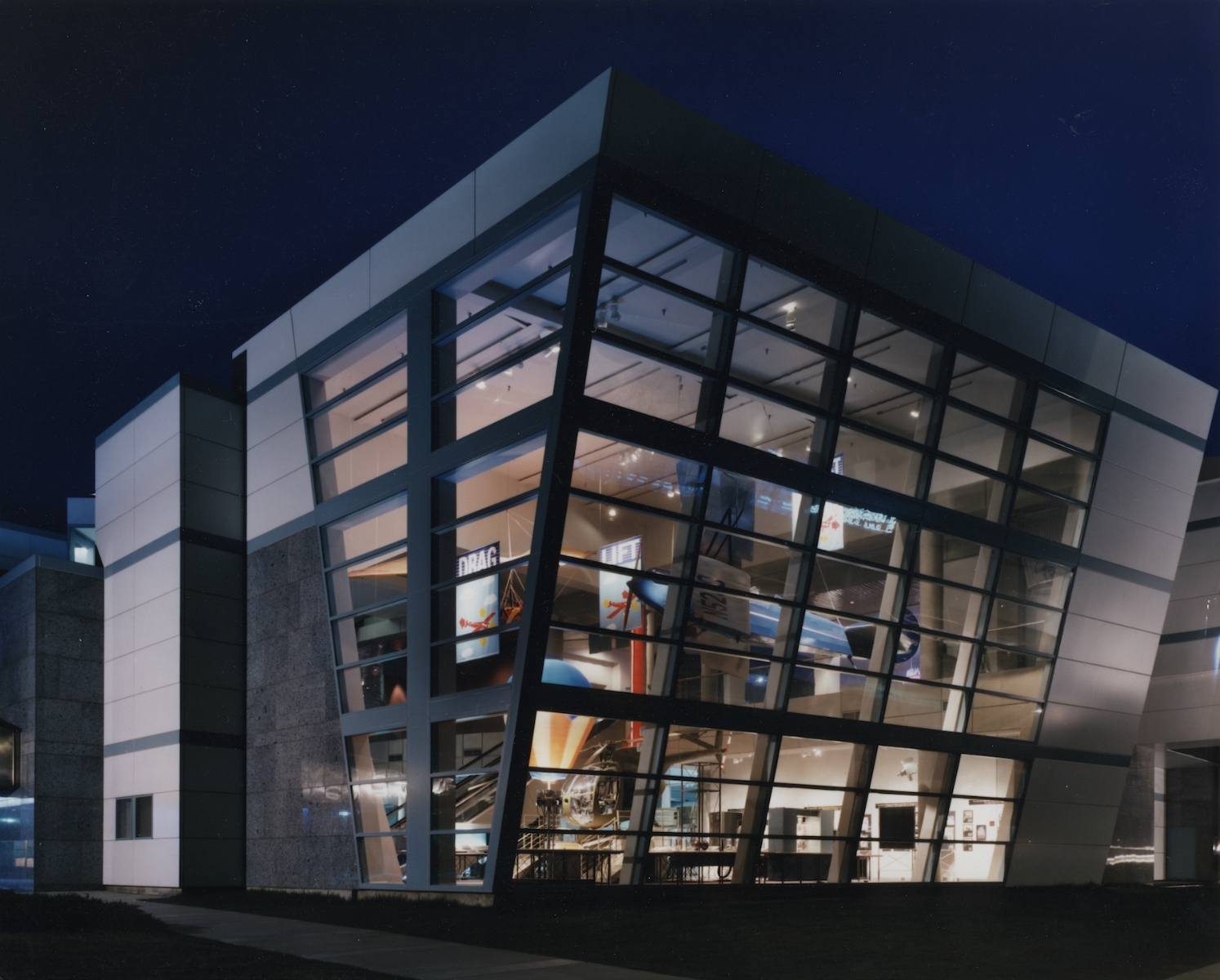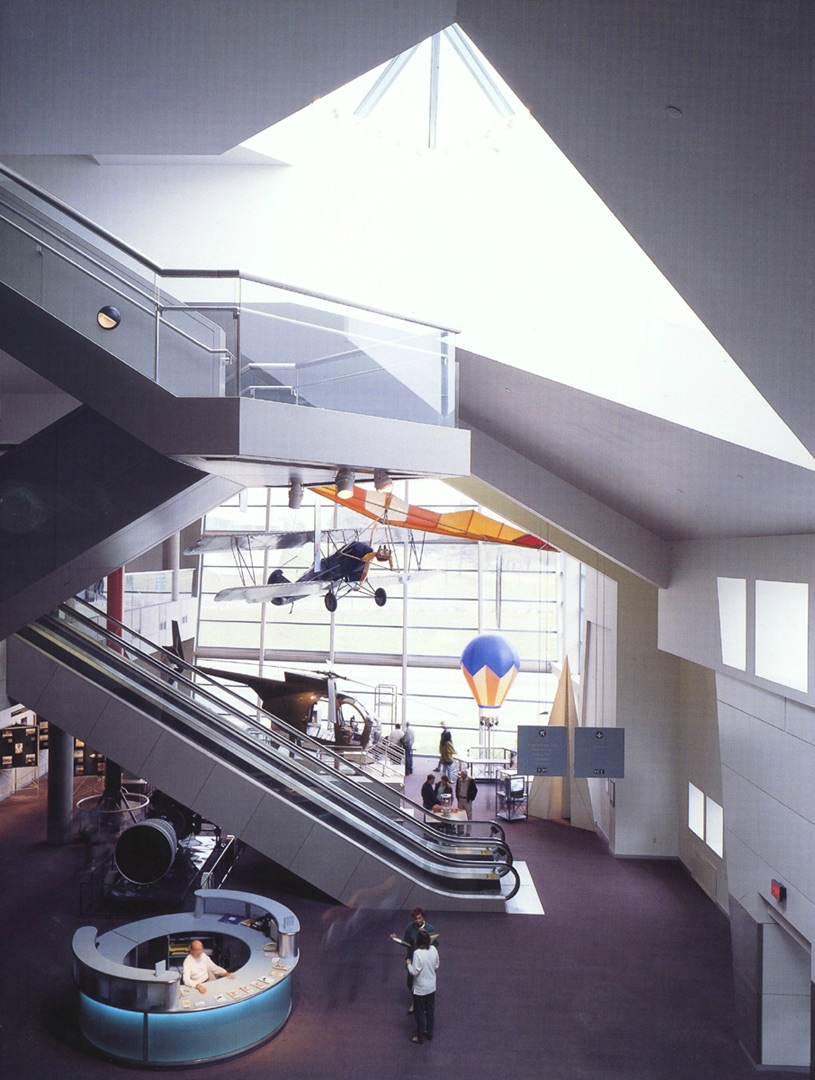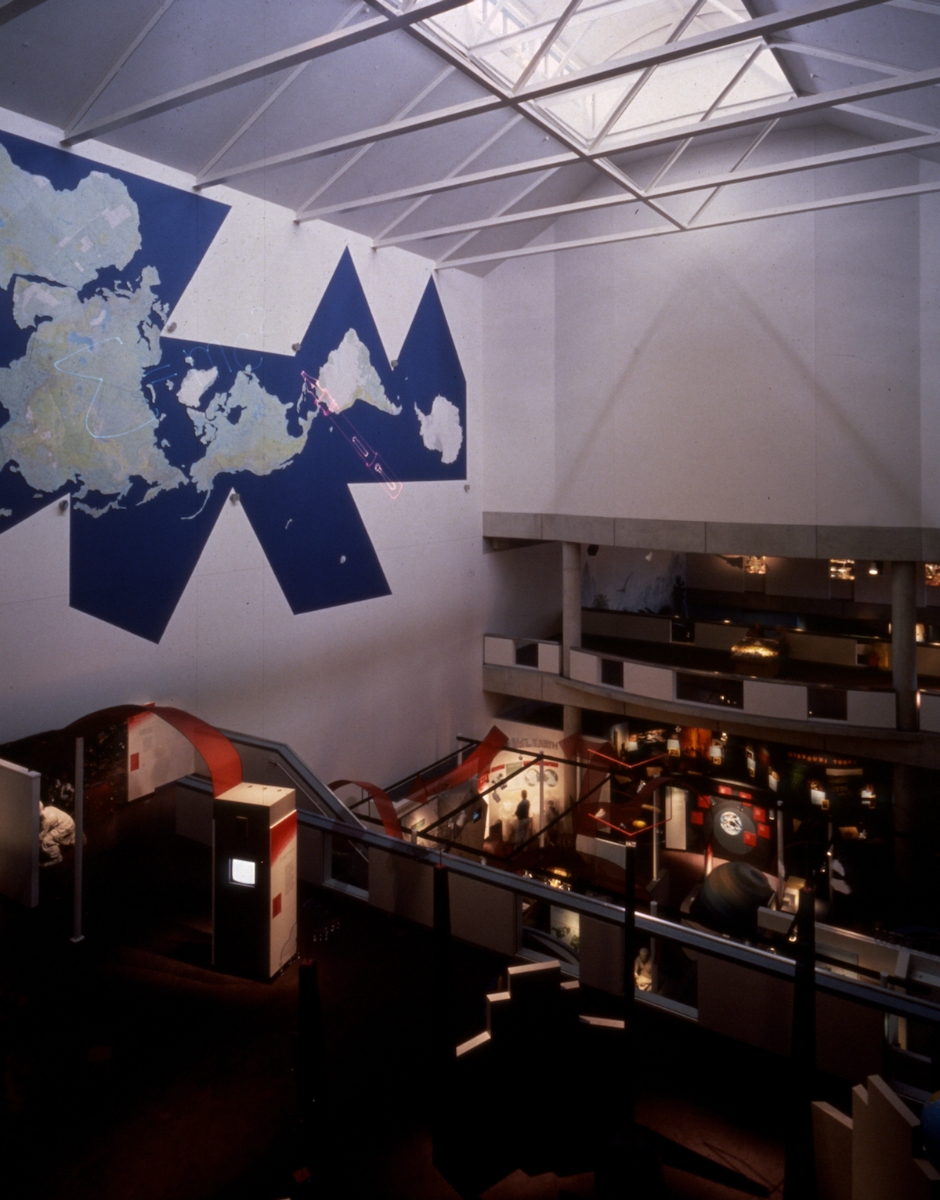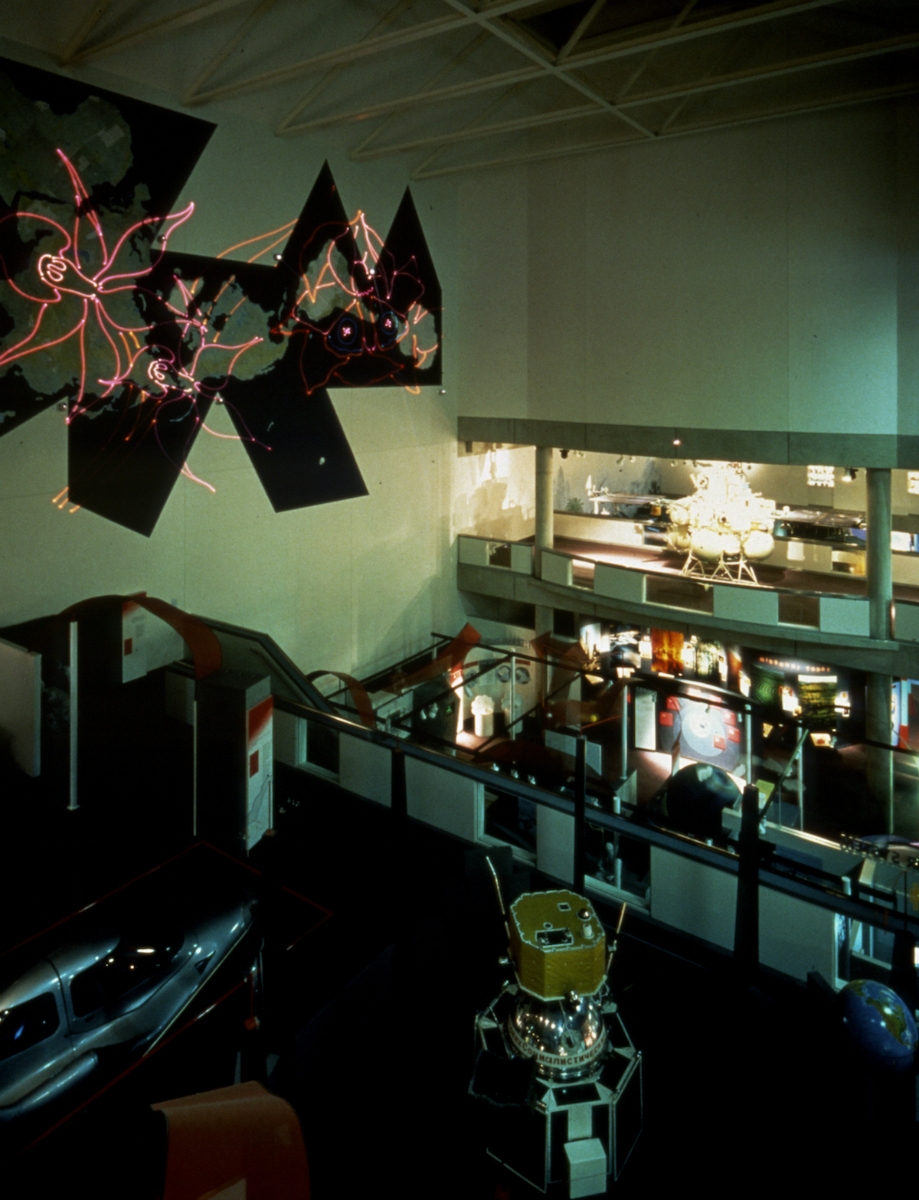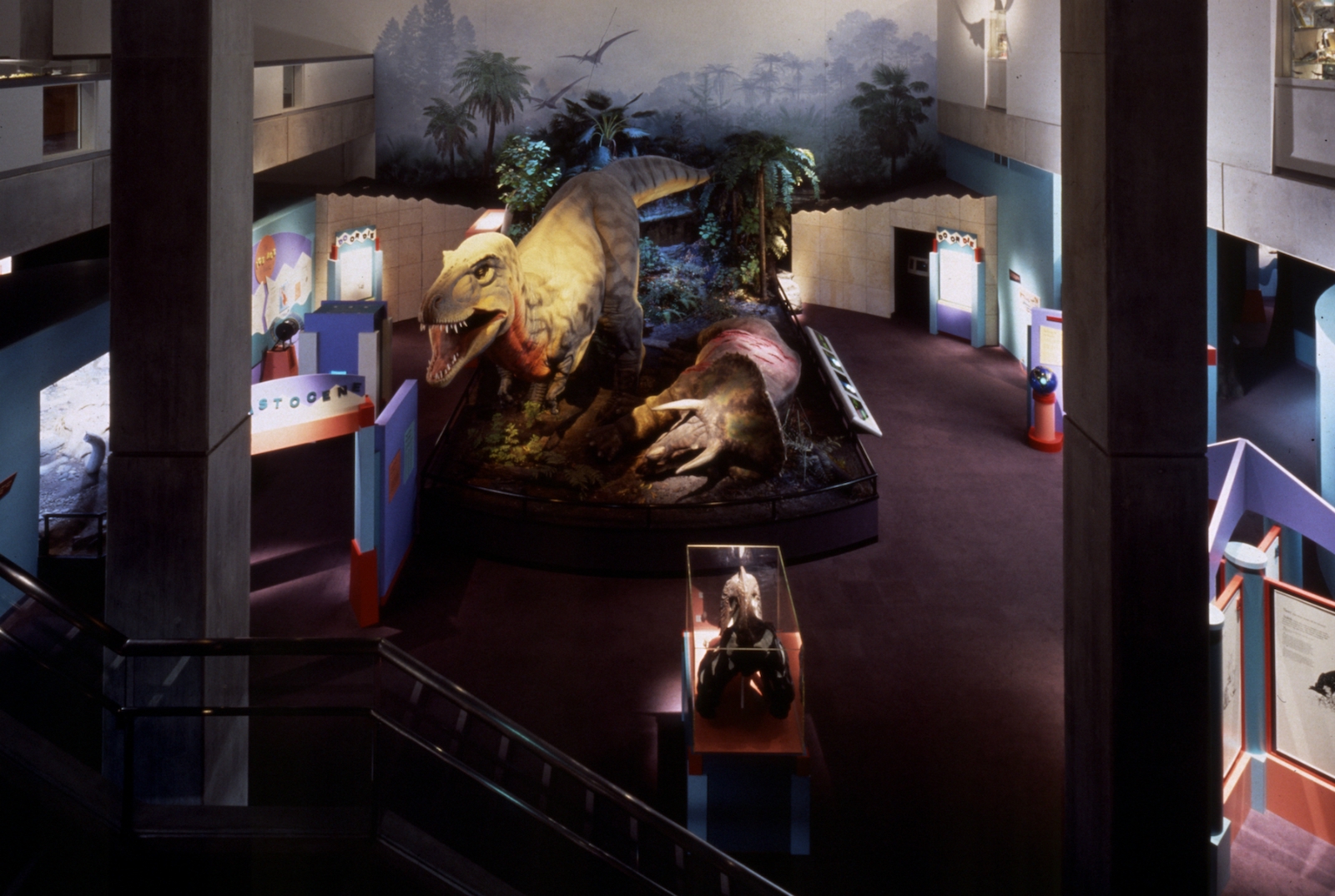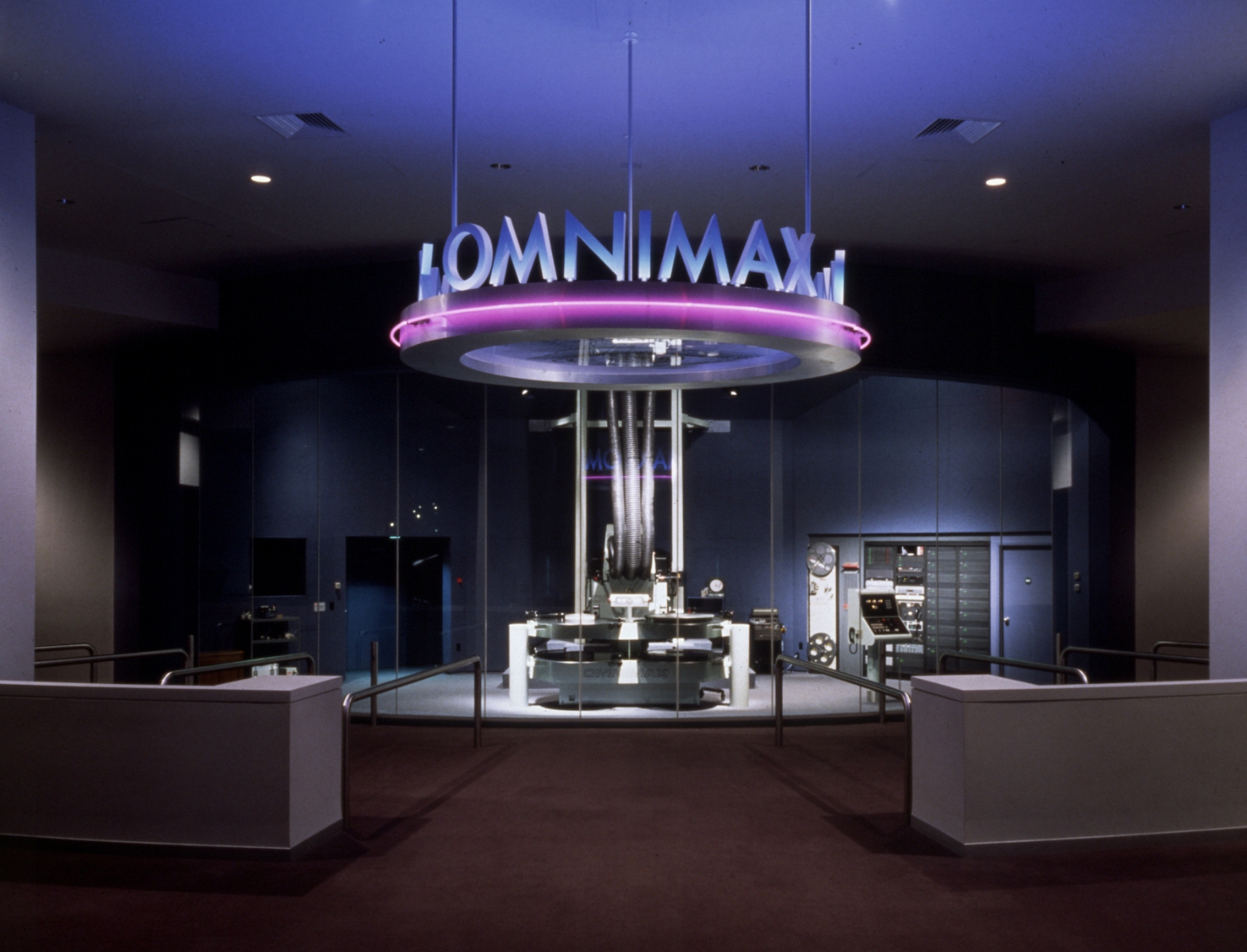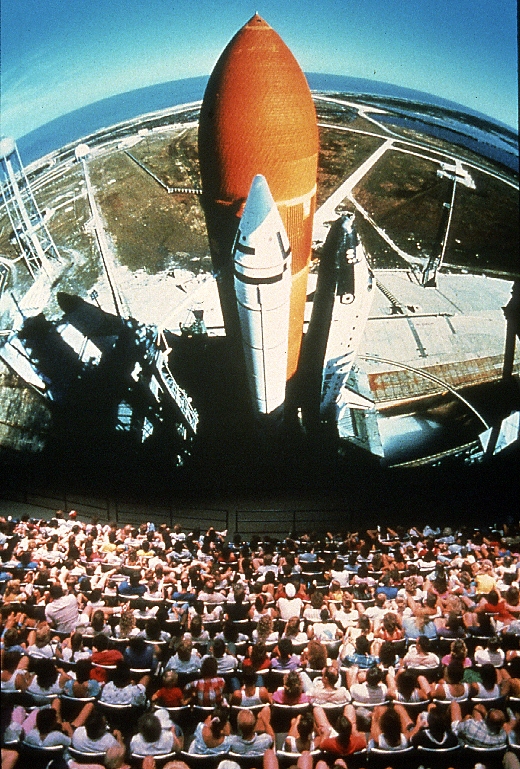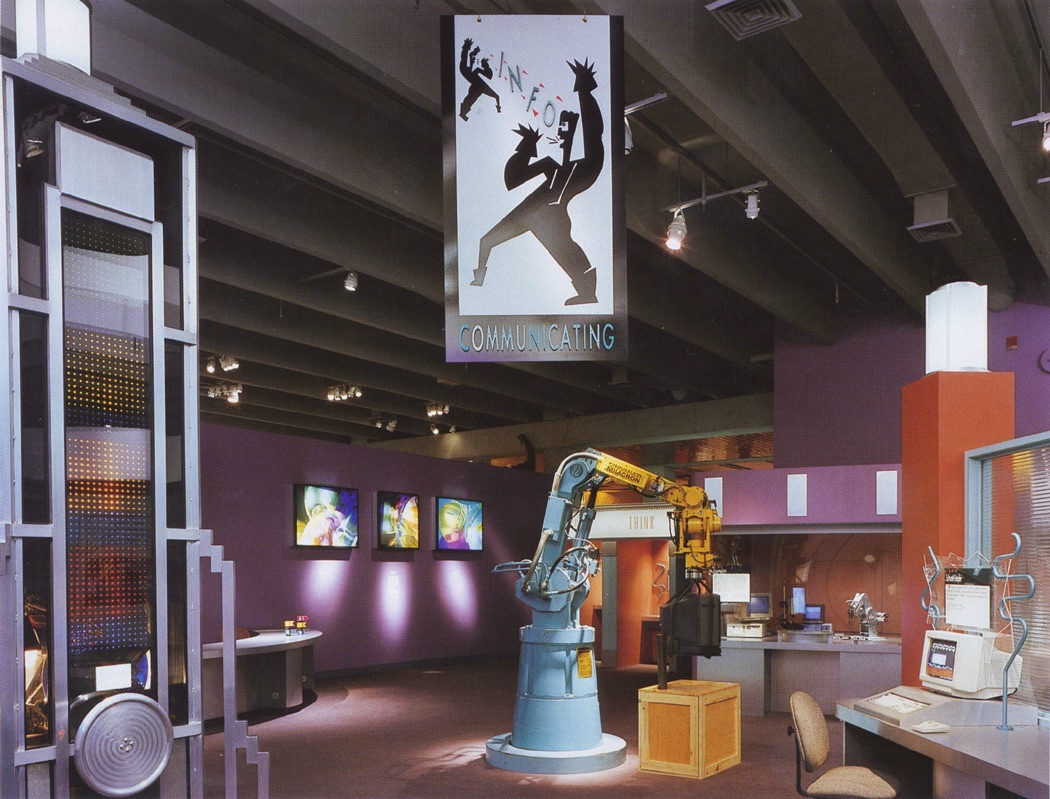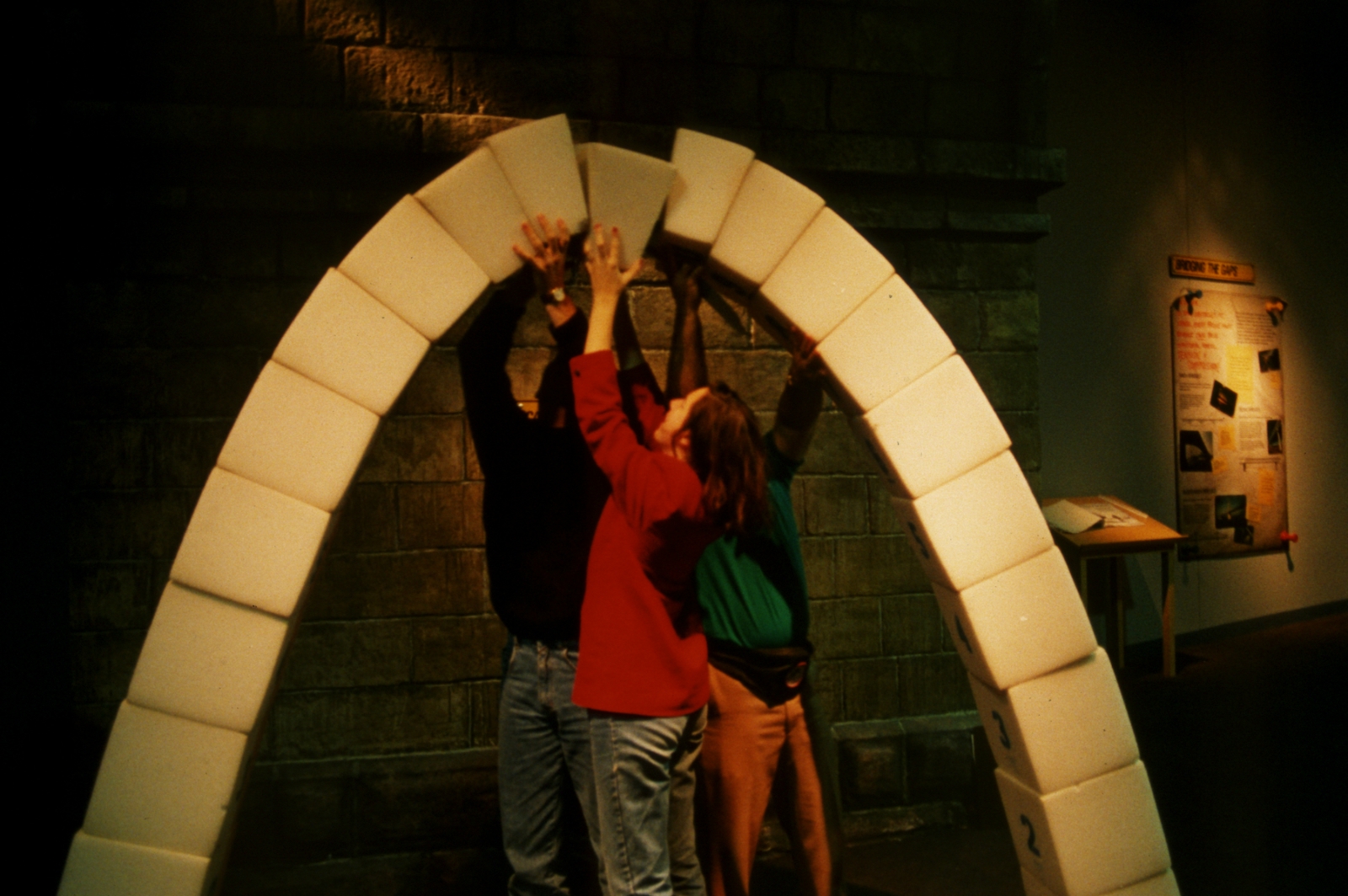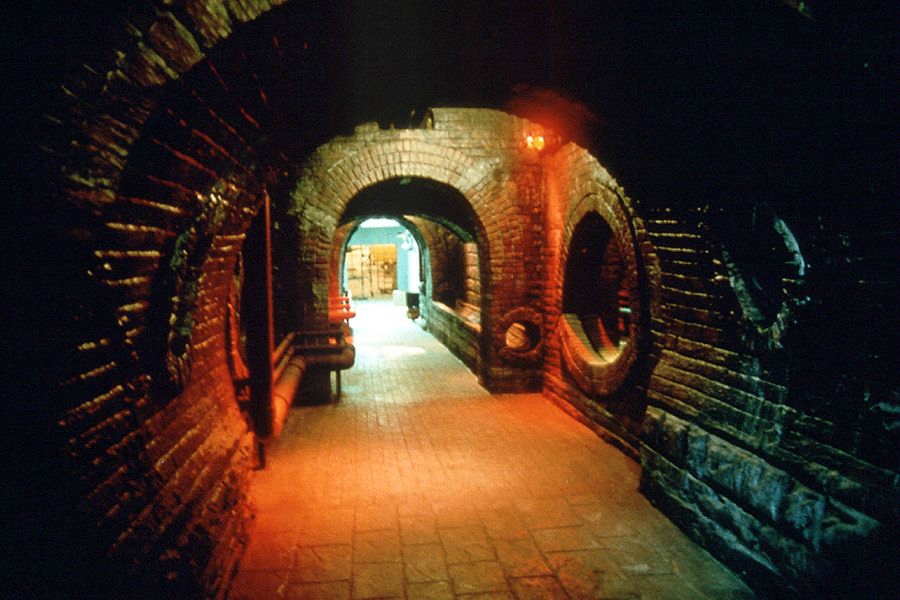St. Louis Science Center
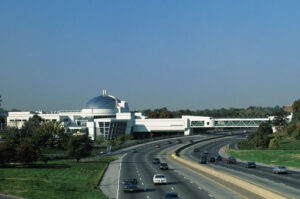
Location: St. Louis, MO
Role: Architect & Museum Planner for Expanded Museum; Led team of architects, engineers and specialist museum consultants; Collaborated with exhibit design firms
Program: Immersive science exhibits, changing exhibits area, domed IMAX, lobby, cafe, gift shop, function spaces, classrooms, exhibit support, and offices
Building Area: Expanded Areas: 154,000 sf; Renovated Areas: 30,000 sf
Status: Opened in 1991
Description:
By 1986 it had become clear that a major expansion to the St. Louis Science Center was essential so that this tremendously popular facility could accommodate its expanding audience. Located in the heart of St. Louis, the Science Center was housed in two separate structures. Its public areas, which included a Digistar planetarium surrounded by a small participatory science exhibit area, classrooms and a children’s discovery room, were housed in a building at the edge of Forest Park. Offices and other support spaces were housed in an office building directly across from the park. An 8-lane interstate highway and a 4-lane city street separated the two buildings.
In the spring of 1987, we were asked to prepare a Five-Year Comprehensive Master Plan for the proposed expansion and to design its first phase. As part of our initial planning work we assisted Science Center Staff with the development of a new mission, roles and activity programs for an expanded facility. We also projected staffing requirements and prepared a detailed facility program, an estimated capital budget, and an economic feasibility assessment which indicated that the projected 750,000 to 1,000,000 annual visitation to the Science Center would generate sufficient operating revenues to cover the increased operating costs of an expanded facility.
The new 154,000-square-foot structure, which replaced the existing office and support building and includes a 17,000-square-foot connector facility, opened to the public in November of 1991. The connector facility spans the two major roadways, tunnels under Forest Park, and provides a public connection between the new Science Center building and the Planetarium.
The architectural imagery of the new structures complements the existing Planetarium. Both buildings make strong allusions to space technology: the new structures are complex articulated forms with the design imagery of a futuristic high-tech spaceship, whereas the Planetarium is a pure geometric form hovering like a flying saucer within its setting of grass and trees. The bridge, which appears to telescope out from the Omnimax dome before stretching across the two intervening roadways, helped to instantly establish the St. Louis Science Center as a major architectural icon in the city.
Although the forms of the new and existing buildings are quite different, the Science Center is perceived as a unified complex because of the consistent use of futuristic imagery, the commanding presence of the connecting bridge, and because all three structures are essentially white, in sharp contrast to other buildings in the area. The new building was also designed to take full advantage of its prominent location. The 360-foot-long bridge, the Omnimax Theater’s 100-ft. dome exterior, and a major two-story space for aeronautics and aerospace exhibits at the building’s northeast corner are all clearly visible to thousands of motorists who drive by each day. In sharp contrast to the desire to achieve high visibility was the need to minimize intrusion into Forest Park, the city’s most popular and well-used public park. The only visible structure added in the park was a small building where the bridge terminates before tunneling under the park to reach the Planetarium.
The expansion complex houses 57,000 square feet of exhibit space designed specifically to accommodate an Exhibit Master Plan developed by Science Center staff. Several unconventional and very successful exhibit spaces evolved out of the building’s architecture. One is the glass-enclosed exhibit space of the bridge with radar guns to clock the speed of passing vehicles and dizzying views of cars rushing by through glass cutouts in the floor. Another is the underground exhibit space which tunnels under Forest Park to connect with the Planetarium, where exhibits related to the city’s underground infrastructure have been installed.

